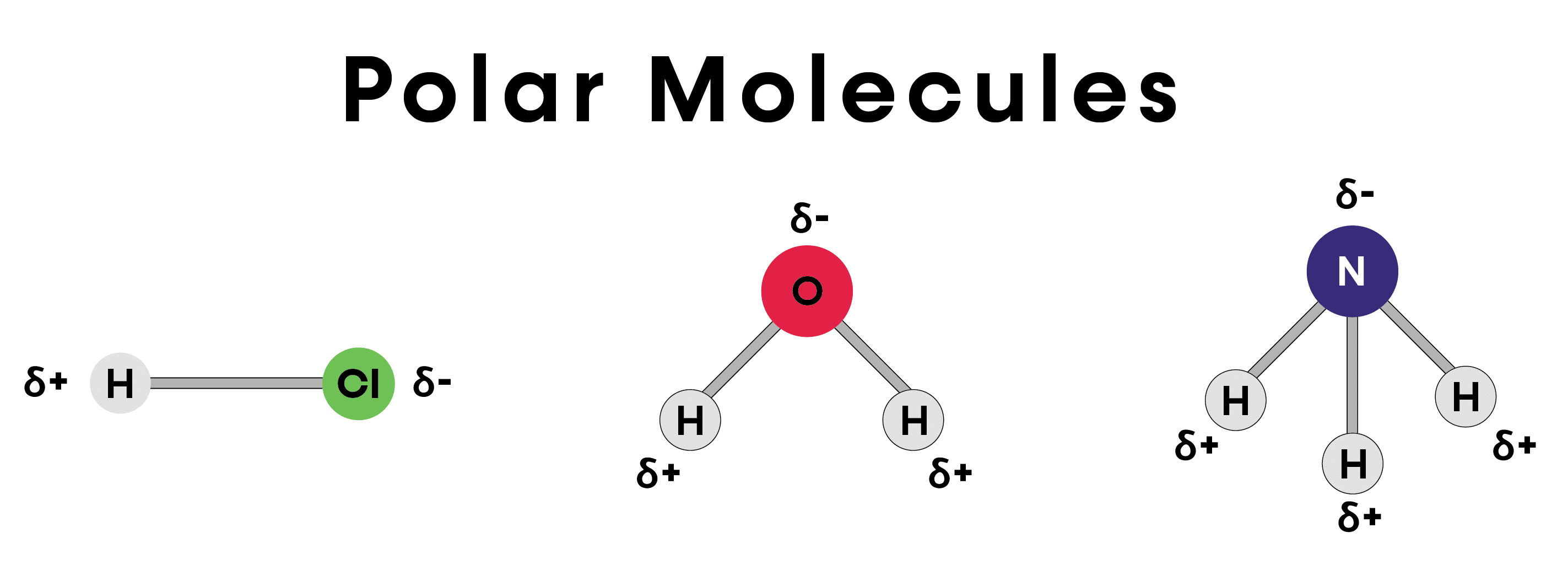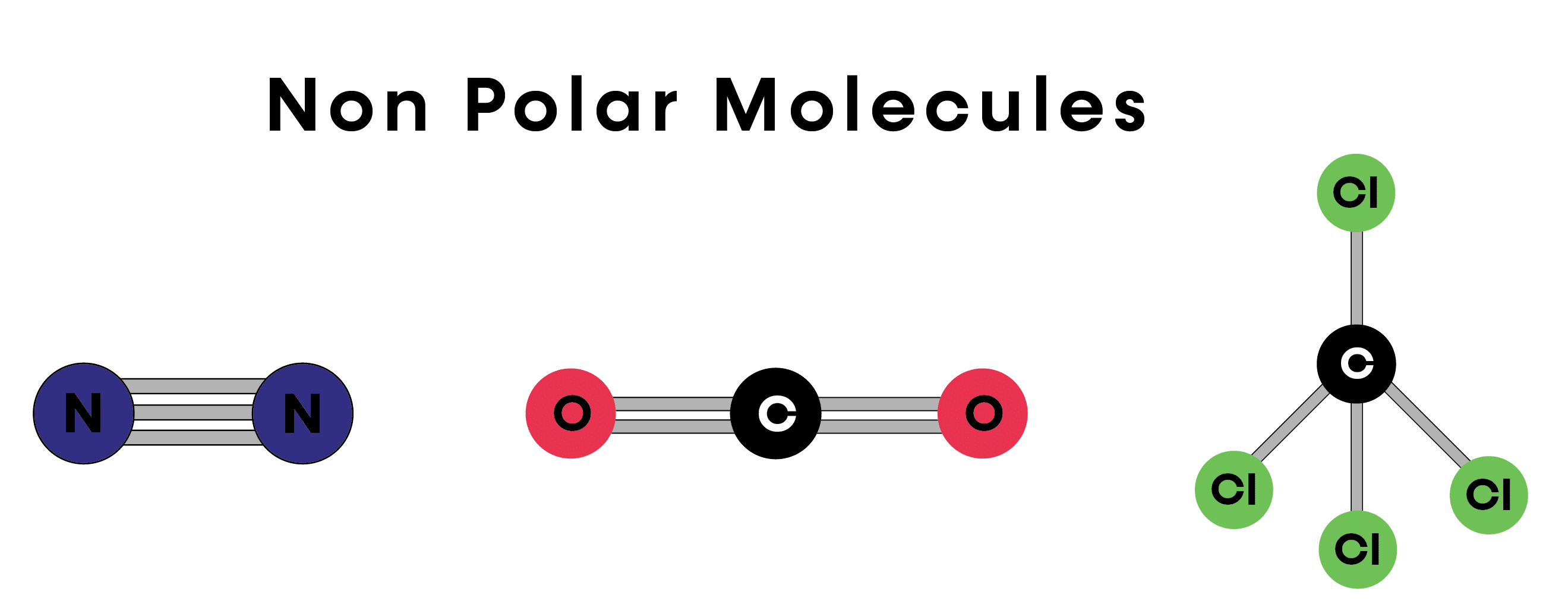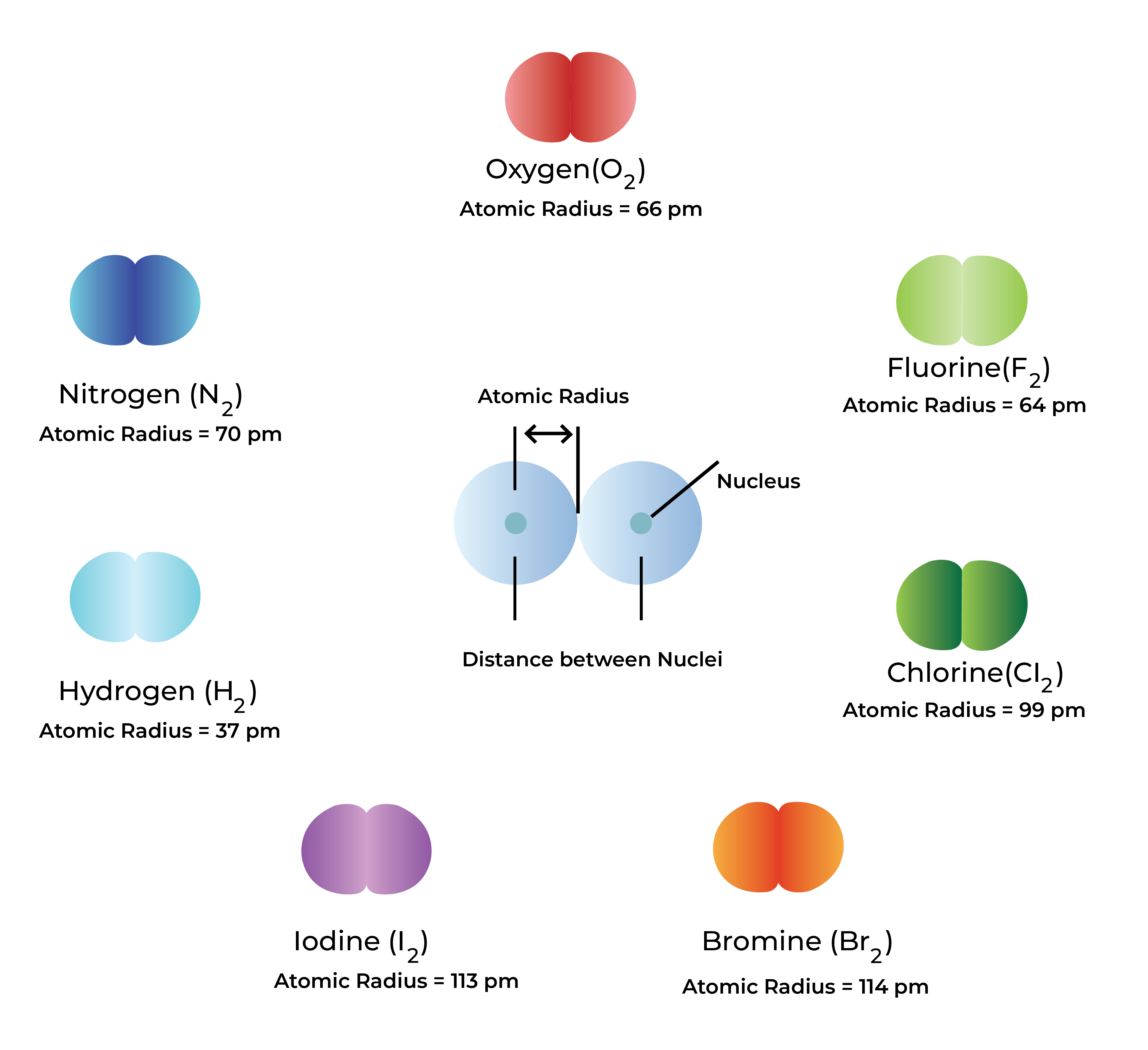Molecular Geometry Chart
Grade 6 Science Worksheets
Molecular geometry is the three-dimensional arrangement of the atoms in a molecule. The molecular geometry can be determined by the number of electron pairs (bonding and non-bonding) around the central atom in the molecule.
In this article, you will learn:
- Polar Molecules
- Non-polar Molecules
- Electronegativity
- Lewis Theory and The Valence-Shell Electron-Pair Repulsion Theory
- Molecules with more than one atom
- Ions
- Diatomic Molecules
- Octahedral Molecule
- Bond Angles And Three-Dimensional Geometry
- FAQs
Molecular Geometry Chart - Grade 6 Science Worksheet PDF
This is a free printable / downloadable PDF worksheet with practice problems and answers. You can also work on it online.
|
Untimed | |
Sign up with your email ID to access this free worksheet.
"We really love eTutorWorld!"
"We really love etutorworld!. Anand S and Pooja are excellent math teachers and are quick to respond with requests to tutor on any math topic!" - Kieran Y (via TrustSpot.io)
"My daughter gets distracted easily"
"My daughter gets distracted very easily and Ms. Medini and other teachers were patient with her and redirected her back to the courses.
With the help of Etutorworld, my daughter has been now selected in the Gifted and Talented Program for the school district"
- Nivea Sharma (via TrustSpot.io)
Understanding the Molecular Geometry Chart
Molecular geometry is the three-dimensional arrangement of the atoms in a molecule. The molecular geometry can be determined by the number of electron pairs (bonding and non-bonding) around the central atom in the molecule.
There are several common molecular geometries, including
- Linear: The atoms are arranged in a straight line, with a bond angle of 180 degrees. Example: CO2.
- Trigonal planar: The atoms are arranged in a triangular shape, with bond angles of 120 degrees. Example: BF3.
- Tetrahedral: The atoms are arranged in a tetrahedral shape, with bond angles of 109.5 degrees. Example: CH4.
- Trigonal pyramidal: The atoms are arranged in a triangular pyramid shape, with one bond angle of less than 109.5 degrees. Example: NH3.
- Bent: The atoms are arranged in a “V” shape, with bond angles of less than 120 degrees. Example: H2O.
- Trigonal bipyramidal: The atoms are arranged in a triangular bipyramid shape, with two bond angles of 90 and three of120 degrees. Example: PCl5.
- Octahedral: The atoms are arranged in an octahedron shape, with bond angles of 90 degrees. Example: SF6
It’s worth noting that molecular geometry is not always the same as electron geometry. In some cases, the electrons in a molecule may be arranged differently than the atoms.
Common Molecular Structures
Polar Molecules
A polar molecule is a molecule that has a net dipole moment, meaning that the positive and negative charges are not evenly distributed. This can occur when the atoms in a molecule have different electronegativities, creating a partial positive charge on one end of the molecule and a partial negative charge on the other. Water (H2O) is a common example of a polar molecule.

Non-polar Molecules
A nonpolar molecule is a molecule that has a symmetrical distribution of electrons, so there is no net dipole moment. This can occur when the atoms in a molecule have similar electronegativities, creating an evenly distributed distribution of electrons. Methane (CH4) is a common example of a nonpolar molecule.

Electronegativity
Electronegativity is a measure of an atom’s ability to attract electrons to itself. Atoms with a high electronegativity will tend to pull electrons closer to themselves, while atoms with a low electronegativity will tend to release electrons. Fluorine (F) has the highest electronegativity of all elements, while Francium (Fr) has the lowest.
In a polar molecule, the difference in electronegativity of the atoms causes the electrons to be distributed unevenly, creating a partial positive charge on one end of the molecule and a partial negative charge on the other. In a nonpolar molecule, the atoms have similar electronegativities, creating an evenly distributed distribution of electrons.
Lewis Theory and The Valence-Shell Electron-Pair Repulsion Theory
Lewis theory is a method of representing the valence electrons of an atom in a molecule. It is based on the idea that atoms in a molecule will share or transfer electrons in order to achieve a stable electron configuration, known as an octet. A Lewis structure is a way to show the electron dot structure of a molecule or ion, and how the atoms are bonded together.
The Valence-shell electron-pair repulsion theory (VSEPR) is a model used to predict a molecule’s three-dimensional shape. It is based on the idea that the electron pairs surrounding the central atom will repel each other and will arrange themselves in the way that minimizes this repulsion. The VSEPR theory predicts the geometry of a molecule by looking at the number of electron pairs around the central atom.
For example, in a methane (CH4) molecule, the central carbon atom has four electron pairs around it, which will arrange themselves in a tetrahedral shape to minimize repulsion.In summary, Lewis theory is a method of representing the valence electrons of an atom in a molecule, while the VSEPR theory is a model that is used to predict the three-dimensional shape of a molecule by considering the number of electron pairs around the central atom and how they arrange themselves to minimize repulsion.
Molecular Geometry Structures and Atom Groups
Molecules with more than one atom
Molecules with more than one atom are known as polyatomic molecules. In these molecules, the atoms are held together by chemical bonds. The types of chemical bonds that can occur in polyatomic molecules include covalent bonds, ionic bonds, and metallic bonds.
Covalent bonds are the most common type of bond in polyatomic molecules. They occur when two atoms share electrons in order to fill their outermost electron shell. This results in a stable bond and the formation of a molecule.
Ionic bonds occur when one atom gives up one or more electrons to another atom. The atoms then become ions and are held together by the electrostatic attraction between the positive and negative ions.
Metallic bonds occur in metal atoms. In metallic bonds, the electrons are not associated with any particular atom, but rather are free to move throughout the metal lattice. This results in a metallic bond that holds the atoms of the metal together.
The geometry of a polyatomic molecule is determined by the number of atoms and the types of bonds present in the molecule. There are several common molecular geometries such as linear, trigonal planar, tetrahedral, trigonal bipyramidal and octahedral.
“There have been times when we booked them last minute, but the teachers have been extremely well-prepared and the help desk at etutorworld is very prompt.
Our kid is doing much better with a higher score.”
6th Grade Tutoring
eTutorWorld offers Personalized Online Tutoring for Math, Science, English, and Standardised Tests.
Our Tutoring Packs start at just under $22.49 per hour, and come with a moneyback guarantee.
Schedule a FREE Trial Session, and experience quality tutoring for yourself. (No credit card required.)
Ions
An ion is an atom or molecule that has a net electrical charge due to the loss or gain of one or more electrons. Ions can be either positive or negative, depending on whether they have lost or gained electrons.
Positive ions, also known as cations, are formed when an atom loses one or more electrons. For example, sodium (Na) has 11 electrons in its outermost shell. If it loses one electron, it becomes a cation with a charge of +1 (Na+).
Negative ions, also known as anions, are formed when an atom gains one or more electrons.
For example, chlorine (Cl) has 17 electrons in its outermost shell. If it gains one electron, it becomes an anion with a charge of -1 (Cl-).
Ions can play an important role in chemical reactions, as they can form ionic compounds with other ions of opposite charge. This results in the formation of a stable compound, held together by the electrostatic attraction between the positive and negative ions.
Some common examples of ions include:

It is important to note that when an atom loses or gains electrons, it is no longer considered a neutral atom but an ion.
Diatomic Molecules
Diatomic molecules are molecules that consist of only two atoms. The most common examples of diatomic molecules are those that consist of two atoms of the same element, such as H2 (hydrogen), N2 (nitrogen), O2 (oxygen), F2 (fluorine), Cl2 (chlorine) and I2 (iodine). These diatomic molecules are formed by covalent bonds, which are chemical bonds formed by the sharing of electrons between atoms.

The bond in diatomic molecules is generally a single covalent bond, which means that the two atoms share one pair of electrons. This type of bond results in a stable molecule because it allows each atom to achieve a full outer electron shell, as required by the octet rule.
Due to the nature of covalent bonds, diatomic molecules tend to be quite stable and have relatively high boiling and melting points. Additionally, diatomic molecules are relatively unreactive because the atoms are already bonded together and therefore do not readily form new bonds with other atoms.
It is important to note that some diatomic molecules can also have more than one bond, for example O2 (oxygen molecule) & N2(nitrogen molecule)
Octahedral Molecule
An octahedral molecule is a molecule that has an octahedral molecular geometry. This means that the molecule has a central atom surrounded by six other atoms or groups of atoms, arranged at the corners of an octahedron.
The central atom in an octahedral molecule typically has six electron pairs in its outermost shell, which can be a combination of lone pairs (non-bonding electrons) and bonding pairs (electrons involved in chemical bonds with other atoms).

Examples of octahedral molecules include compounds such as SF6 and PCl6. The sulfur atom in SF6 and phosphorus atom in PCl6 are the central atoms and they have six electron pairs, which are arranged in an octahedral shape.
Octahedral molecules are typically polar, meaning that they have a net electrical dipole moment due to the difference in the electron density around the central atom. This can affect the properties and reactivity of the molecule.
It’s worth mentioning that octahedral geometry is common in transition metal complexes, which are molecules that have a transition metal atom as a central atom and are surrounded by ligands, which are molecules or ions that bond to the central metal atom.
Bond Angles And Three-Dimensional Geometry
Bond angles are the angles formed between two chemical bonds in a molecule. They are an important aspect of molecular geometry and can affect the properties and reactivity of a molecule.
In a three-dimensional geometry, the bond angles are determined by the arrangement of the atoms in the molecule, and the number of atoms and electron pairs surrounding the central atom.
For example, in a molecule with a linear geometry, the bond angle between the two atoms is 180 degrees. In a molecule with a trigonal planar geometry, the bond angle between the three atoms is 120 degrees.
The bond angles in a molecule can also be affected by the presence of lone pairs (non-bonding electrons) around the central atom. Lone pairs take up more space than bonding electron pairs, so they can cause the bond angles to slightly differ from the ideal angles.
In an octahedral molecule, the bond angles are all 90 degrees, because the six atoms or groups of atoms surrounding the central atom are arranged at the corners of an octahedron.
It is worth mentioning that the bond angles are not fixed values and can vary due to different factors like temperature, pressure, and the presence of other molecules in the environment. This is important to keep in mind when predicting the behavior of a molecule in different conditions.
Do You Stack Up Against the Best?
If you have 30 minutes, try our free diagnostics test and assess your skills.
Molecular Geometry FAQS
What is the difference between molecular geometry and electron pair geometry?
Molecular geometry refers to the three-dimensional arrangement of atoms in a molecule, while electron pair geometry refers to the arrangement of electron pairs around the central atom in a molecule. They are related, but not the same.
Can the bond angles in a molecule change?
Yes, the bond angles in a molecule can change due to different factors such as temperature, pressure, and the presence of other molecules in the environment.
How does the number of electron pairs around a central atom affect the molecular geometry?
The number of electron pairs around a central atom is an important factor in determining the molecular geometry. The more electron pairs around the central atom, the more complex the molecular geometry will be.
Is it possible for a molecule to have more than one molecular geometry?
Yes, it is possible for a molecule to have more than one molecular geometry, for example, some molecules can exist in multiple conformations due to rotations around certain bonds.
How does molecular geometry affect the reactivity of a molecule?
The molecular geometry of a molecule can affect its reactivity by influencing the molecule’s polarity and electron density distribution. Polar molecules tend to be more reactive than non-polar molecules.
How can you predict the molecular geometry of a molecule?
The molecular geometry of a molecule can be predicted using VSEPR theory (Valence Shell Electron Pair Repulsion), which states that electron pairs around a central atom will try to be as far apart as possible to minimize repulsion.

Kathleen Currence is one of the founders of eTutorWorld. Previously a middle school principal in Kansas City School District, she has an MA in Education from the University of Dayton, Ohio. She is a prolific writer, and likes to explain Science topics in student-friendly language. LinkedIn Profile
Affordable Tutoring Now Starts at Just $22.49
eTutorWorld offers affordable one-on-one live tutoring over the web for Grades K-12. We are also a leading provider of Test Prep help for Standardized Tests (SCAT, CogAT, MAP, SSAT, SAT, ACT, ISEE, and AP).
What makes eTutorWorld stand apart are: flexibility in lesson scheduling, quality of hand-picked tutors, assignment of tutors based on academic counseling and diagnostic tests of each student, and our 100% money-back guarantee.
Whether you have never tried personalized online tutoring before or are looking for better tutors and flexibility at an affordable price point, schedule a FREE TRIAL Session with us today.
*There is no purchase obligation or credit card requirement
Grade 6 Science Worksheets
- Inquiry process
- Nature of Science
- Scientific Inquiry
- Inquiry, Analysis and Problem Solving
- Ethical Practices
- Science and Society
- Biotic and Abiotic Factors
- Impact of Organisms
- Adaptation
- Spheres of Earth
- Natural Resources
- Environmental Issues
- Conservation of Earth
- Understanding Technology
- Abilities To Do Technological Design
- Structure of Earth
- Solar System
- Rocks and Fossils
- Earth Systems
- Plate Tectonics
- Evolution
- Magnetic Field of Earth
- Geologic Time
- Materials and Processes That Shape a Planet
- Astronomy
- Ecology
- Energy
- Kinetic and Potential Energy
- Energy Transfer
- Matter and its Structure
- States of Matter
- Physical and Chemical Changes
- Force and Motion
- Electricity and Magnetism
- Wave Interactions
- Sound
- Light
- Introduction to Life Science
- The Origin & History of Life On Earth
- Plant and Animal Cells
- Parts of a Cell
- The Cell Cycle
- How Living Organisms Get Energy
- Classification of Organisms
- How Plants Grow & Reproduce
- The Human Respiratory System
- The Human Cardiovascular System
- The Human Digestive System
- The Human Endocrine Systems
- The Human Nervous System
- The Human Muscular System
- The Human Skeletal System
IN THE NEWS

Our mission is to provide high quality online tutoring services, using state of the art Internet technology, to school students worldwide.
Online test prep and practice
SCAT
SSAT
ISEE
PSAT
SAT
ACT
AP Exam
Science Tutoring
Physics Tutoring
Chemistry Tutoring
Biology Tutoring
Math Tutoring
Pre-Algebra Tutoring
Algebra Tutoring
Pre Calculus Tutoring
Calculus Tutoring
Geometry Tutoring
Trigonometry Tutoring
Statistics Tutoring
Quick links
Free Worksheets
Fact sheet
Sales Partner Opportunities
Parents
Passive Fundraising
Virtual Fundraising
Our Expert Tutors
Safe and Secure Tutoring
Interactive Online Tutoring
After School Tutoring
Elementary School Tutoring
Middle School Tutoring
High School Tutoring
Home Work Help
Math Tutors New York City
Press
©2022 eTutorWorld Terms of use Privacy Policy Site by Little Red Bird
©2022 eTutorWorld
Terms of use
Privacy Policy
Site by Little Red Bird










